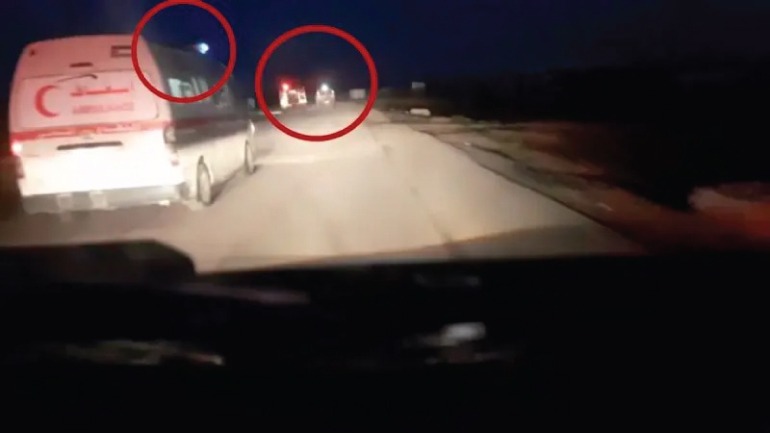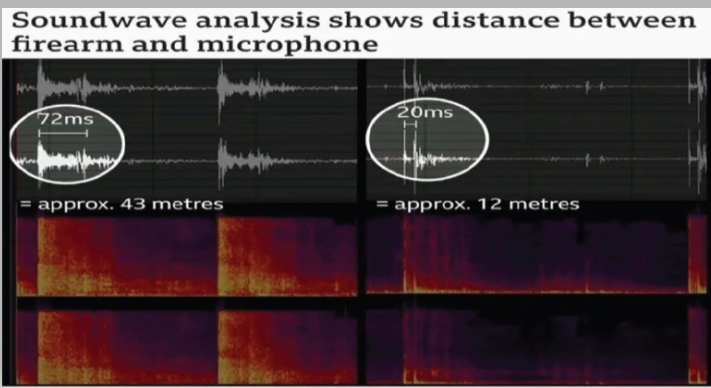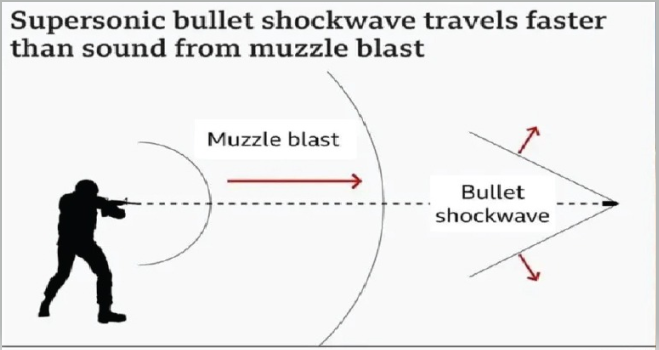

On March 23, in the Gaza Strip, an analysis of mobile phone footage capturing the killing of 15 medical workers revealed that Israeli army gunfire resulted in over 100 bullets being fired during the close-range shooting — some from just 12 meters away — in what many are calling a Gaza medical workers attack. The 19-minute video, examined with the help of two experts, shows the moments leading up to the incident. The findings support the claim by the Palestinian Red Crescent that the emergency medical team was targeted at extremely close range. This contrasts with an earlier Israeli military response from April 5, where a military official claimed that aerial footage showed soldiers had fired from a long distance. When contacted for a response, the Israeli military (IDF) declined to comment on the analysis. The military spokesperson stated that the incident is under investigation and repeated Hamas allegations, claiming that six of those killed were affiliated with the group — although no evidence was provided to support this assertion. On the other hand, the Palestinian Red Crescent has denied the allegation. A surviving medical worker — who was detained by Israeli forces for 15 hours after the attack — also rejected the claim that any of the victims were Hamas members, raising questions about potential Gaza war crimes and increasing international concern over civilian casualties in Gaza. The Palestinian Red Crescent says the full video footage was recovered from the phone of one of the killed medics, whom the Israeli army later buried. The footage from Rifaat Rizwan’s video shows the Gaza humanitarian convoy moving at night using emergency lights, and at least one worker is seen wearing a reflective jacket, clearly visible in the darkness — a key piece of reflective jacket evidence contradicting Israeli claims. The Israeli army later revised its stance, admitting that its initial claim — which said the convoy was moving suspiciously without lights — was incorrect.

Medical worker killed in Gaza: 'Sorry, Mom, I just wanted to help'
Experts stated that they used spectrograms and sound waveforms to analyze the distance of gunfire from the mobile phone’s microphone. According to them, the mobile phone — which belonged to one of the medics killed in the incident — recorded sounds indicating that the distance between the phone and the gunfire gradually decreased. The experts believe that the first shots were fired from a distance of 40 to 43 meters, but by the end of the video, bullets were being fired from just 12 meters away. It is worth noting that on April 5, an Israeli army spokesperson told journalists that, according to their own footage, the soldiers were positioned at a distance. “This didn’t happen at close range — they fired from afar,” the spokesperson said. A military expert noted that gunfire from a distance of 50 to 100 meters is generally considered close-range shooting. The medical convoy visibility and the use of emergency lights Gaza suggest that the convoy could have been easily identified. Reflective jackets worn by the medics made the humanitarian convoy Gaza even more identifiable in the dark. Despite this, the convoy was still attacked, raising questions about the night-time convoy's safety and the soldiers’ ability to clearly recognize the medical team. Torture methods used on Palestinian prisoners in notorious Israeli jails included chemical burns, electric shocks, attack dogs, and forced sexual acts. Inside story of how last-minute negotiations narrowly saved the Gaza ceasefire deal. Trump dancing in Gaza, men in bikinis, and tall buildings: Why a video posted by the U.S. president sparked backlash. Wahdat al-Zill: The secret Hamas unit guarding Israeli hostages in Gaza. Robert, an audio forensic expert from Montana State University, said that according to the mobile phone footage and audio, the initial gunfire came from 43 meters away. Both Robert and Steven Beck agreed that in the final moments of the audio, the bullets were fired from only 12 meters away. Steven Beck, a former FBI consultant who now runs a company called Beck Audio Forensics, said: “The shooters were very close at that point — between 12 and 18 meters. There was also a strange sound that might have been a bullet hitting a tire.”

The shots were fired from a distance of only twelve meters.
He stated, “The shock waves indicate that bullets were passing very close to the phone’s microphone, which means they were being directly targeted,” highlighting the targeting of medical personnel and potential violation of rules of engagement in Gaza. Chris Cobb-Smith, a former British army officer with 20 years of experience operating in such conditions, said, “From a distance of 50 meters, Israeli soldiers could definitely see and identify the convoy, recognize who they were, and see that they were unarmed and posed no threat.” This points to a possible Israeli army recognition failure in identifying non-combatant targets and visual identification of medics traveling in marked emergency vehicles. At the end of the phone recording, several voices can be heard, including one shouting in Hebrew, saying, “Get up” and “Go back.” According to experts, the audio indicates that gunfire came from multiple weapons at times. Robert said, “It’s clear that there was simultaneous fire from more than one gun.” Both experts agreed that the audio contains evidence of over 100 gunshots being fired. While the experts could not confirm the exact weapons used, Robert noted that bursts from automatic guns could be heard.

Shockwaves indicate that the bullets were passing near the phone's microphone.
A bullet traveling at supersonic speed produces a "sonic boom," often referred to as a "crack," while the firing of the bullet itself creates another sound, known as a "pop." These sonic boom and pop sounds are central to acoustic gunfire analysis. At close range, distinguishing between these two sounds can be difficult, but if the audio forensic analysis is closely conducted, the time between them can be measured — which helps in distance estimation from audio using gunshot sound timing and sound waveform examination. Robert explained, “The first audible bullets appear to have been fired from a distance of 43 meters, assuming the bullet's speed is 800 meters per second and the speed of sound is 343 meters per second.” This bullet speed vs sound speed comparison allows experts to estimate the actual distance. “If the bullet was faster, then the distance would be even shorter.” The incident is still under further investigation. With additional reporting by Thomas Spencer.
Powered by Froala Editor